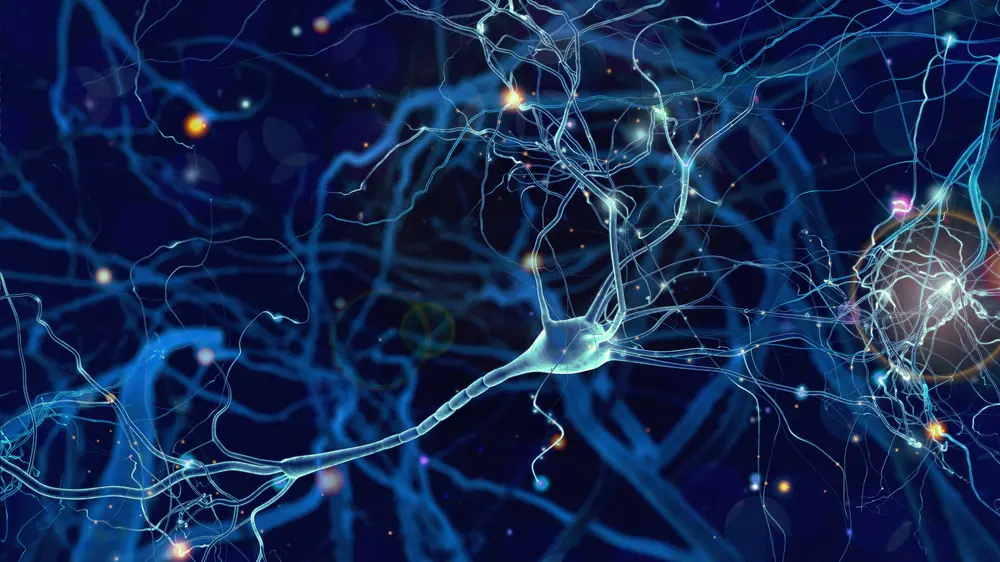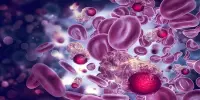Recent findings from the Institute of Psychiatry, Psychology & Neuroscience (IoPPN) at King’s College London have shown that management of local protein synthesis at the level of particular synapse types is necessary for proper brain wiring.
A recent study by the Rico and Marn groups, which was published in Science, revealed that the regulation of protein synthesis is highly particular, depending on the type of synapse involved.
The authors discovered a signaling mechanism that governs the development of synapses between inhibitory interneurons that express parvalbumin and excitable pyramidal cells.
This is the first study to show that the regulation of protein synthesis occurs with such specificity during brain wiring.
The cerebrum, which makes up the majority of the human brain, has an outer layer called the cerebral cortex. Through its regulation of motor and sensory functions, it is in charge of our most complex and varied behaviors. The mechanisms that control its development must be understood because it is one of the most complicated biological systems.
The cerebral cortex is mostly composed of excitatory pyramidal cells and inhibitory interneurons. The interaction between each component is essential for the cerebral cortex to operate normally. Excitatory neurons’ activity is timed and synchronized by inhibitory interneurons, which control how they behave.
In the cerebral cortex, neurons group together into networks that are connected by structures called synapses. Synapses are made up of pre- (like a power plug) and postsynaptic (like a socket) compartments, just like an electrical connection. To perform the tasks of the neurons, local protein synthesis takes place in both compartments of the adult brain.
Chemical signaling enables the brain to control the manufacture of particular proteins, which in turn controls how active each synapse is. However, it was unclear how two different subtypes of growing cerebral cortex neurons were regulated.
Exploring the molecular mechanisms controlling cortical connection development is exciting, especially when they become so specialized. The synapses formed by pyramidal cells on parvalbumin interneurons, one of the most fundamental connections in the cerebral cortex, have been linked to a signaling pathway that regulates protein synthesis, according to Dr. Clémence Bernard, the study’s first author from King’s IoPPN.
One of the main mechanisms producing ASD is abnormal protein production in synapses. The process described in this research shows how proteins linked to neurodevelopmental disorders interact with one another. This finding lends credence to the hypothesis that connections formed by excitatory pyramidal cells and parvalbumin-positive interneurons may be particularly vulnerable to the dysregulation seen in diseases of the developing brain like ASD.
According to Professor Marn, one of the study’s two senior authors, “it’s remarkable that several genes connected to ASD seem to be regulated by the same signaling pathway we have uncovered.”
According to Professor Rico, co-senior author of the paper, “This observation shows that the connections between excitatory pyramidal cells and inhibitory interneurons expressing parvalbumin are a prospective hot zone for numerous genetic risk factors in ASD.”
















